![]() Like all occupations and professions, picture framing has its own specific terms, vocabulary,
Like all occupations and professions, picture framing has its own specific terms, vocabulary, 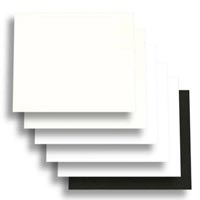 taxonomy and nomenclature. This is not surprising considering that one of the oldest picture frames ever made was found in Egypt and is thought to date back to at least 2,500 years ago. So far as Australia goes, at least some, picture frames, picture framing workers and artisans first arrived to Australia with the coming of the 1st Fleet in way back in 1788. Inheriting from the traditions of the mother country, Australians both borrowed and inherited the British picture framing vocabulary form the old country. One of these was the locution of a specific component of a picture frame, namely the ... "window mount". In our experience we can safely say this term was generally used until the turn of the 21 st century when a lot of the things we do, say, eat and use became Americanized. Thus, no-one much calls a window mount by that name any more. Just about everyone now calls it a window mat or simply, a mat.
taxonomy and nomenclature. This is not surprising considering that one of the oldest picture frames ever made was found in Egypt and is thought to date back to at least 2,500 years ago. So far as Australia goes, at least some, picture frames, picture framing workers and artisans first arrived to Australia with the coming of the 1st Fleet in way back in 1788. Inheriting from the traditions of the mother country, Australians both borrowed and inherited the British picture framing vocabulary form the old country. One of these was the locution of a specific component of a picture frame, namely the ... "window mount". In our experience we can safely say this term was generally used until the turn of the 21 st century when a lot of the things we do, say, eat and use became Americanized. Thus, no-one much calls a window mount by that name any more. Just about everyone now calls it a window mat or simply, a mat.
We have already published posts about the window mat component, what its designs can be is, and of its function. Nevertheless we can condense the contents of the posts by simply stating that a window mount , or mat, is a piece of coloured cardboard cut and than mounted around an image or photo inside a frame to visually highlight it, make it larger, and also, to protect it.
What Is A Mounting Board
Fine, so much for the window mat, or mat, one might say, what about the mounting card or mounting board, what is that? As both names imply, both involve "mounting " or "to mount". This verb means to stick, place, rest, or mount the desired photo, paper or artwork piece onto some sort of straight, stiff, backing to keep it in place, safe, steady and flat.
Thus the mounting is accomplished largely via the three following, disparate methods. The first method, and perhaps the most common commercially, is that of permanently adhering the art, either by wet-mounting it on to a MDF ( Medium density Fibreboard ) wood sheet panel or dry-mounting it onto foamboard.
The second method is to mount the art onto its backing ( whether MDF, foamboard or a plain mount ) using photo corners. The third method is to mount the art to its backing , or the window mat ( if there is one ), by hinging it with hinges or hinge-mounts.
All three methods use a mount board or mounting board , also know variously as a " back" , "backing" or "backer board" . This is the rest, the foundation, or the support upon which any framed art rests and stops it from falling out , moving or warping . The mount board can be any rigid, straight, flat and sturdy material, but generally, the three types mentioned above, are the ones people use the most.
What would be a quick way of differentiating a window Mat Board versus a Mount Board ? Typically, a window mat board is cut from mat board sheets and will have a window ( a square, rectangular, round or oval hole ) cut with bevelled edges and assembled in front of the art. Mount Board instead is a plain, flat piece of MDF, board or other cardboard, usually cut to size and then assembled behind the art. The nomenclated image below should help somewhat:
The Components Of A Picture Frame
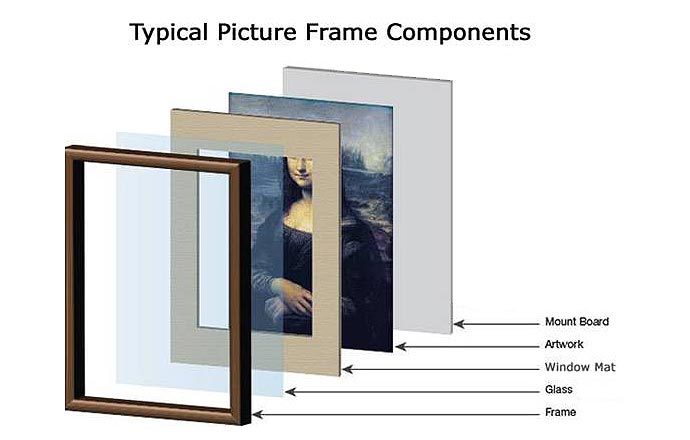
Now that we have a clearer definition and picture of these two disparate components, the Window Mat and the Mount Board, let's detail each one a little further.
Window mats are cut from mat board sheets, typically 32"x40" or 1016 x 916 mm and sold in boxes of 25 each. Most are imported from the U.S.A or the United Kingdom, but more and more nowadays are being imported from China, as these tend to be cheaper and in the in the commercial world, cost tends to be most important factor in sourcing.
We also sell (Acid-Free) mat boards, ( 1016x 916 mm ) though these are in packs of 5 only each, rather than the full boxes of 25, since most of the Customers who buy these small packs, are artists, photographers, hobbyists and amateur do-it-yourselves, rather than professional picture framers.
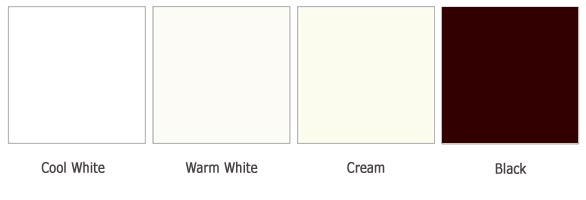
Our Mountboards Explained
With regard to Mount Boards, we also sell a range of small-sized ones. Not in full-size large sheets, but rather, as fallouts, or the inside of the window mats that we cut for Customers;' orders. The photograph below should better illustrate how the boards are made, or cut, and come from:

Interestingly, for a long time we simply discarded the fallouts of the window mats as not being useful to us or anyone else. However one day a Customer came in, asked for some and offered to buy a few dozen. After that we created the range of small mount board products below:</
The acid-free mount boards packs are fallouts from mat boards with the with the following technical specifications: Cut from Peterboro Whitecore Matboard sheets, being Acid-Free and meeting PPFA CLASS III standards. Sheet size is 812 x 1016 mm, the thickness, 4 ply, 0.040”- 0.052″ or 1.2 mm.
The facing, or surface paper, is buffered and lignin free, proffering a sharp, crisp clean bevel. The core is buffered against acids rendering a bright white bevel which does not discolour. The backing is of high quality paper on an all white core.
All board components contain no lignin, groundwood or unbleached pulp and are buffered to an alkaline pH (7.5 to 9.5) with at least 3% calcium carbonate reserve for prolonged stability.
As discussed earlier, most picture framers use three main materials for mount boards, or mounting boards. If they are picture framing, inexpensive, common, every-day commercial prints, posters and ephemera, they tend to use inexpensive MDF panels cut from large sheets.
If they are picture framing medium-size to large, original art, limited editions, etchings and generally speaking, the "nicer: and more expensive art, they tend to use foamboards of which there are several varieties and grades, from archival to conservation and museum grade. If they are picture framing small -size art they might us emat board sheets of which there are several, from archival to conservation and museum grade.
What To Do and Not To Do With Mounting Boards
| List of Do's | List of Don'ts | ||
| ✓ | When framing or re-framing precious items such as family photographs, do use our mat blanks here as acid-free backings. It's not widely known that most, if not all, shop and department-store photo frames come with highly acidic, brown cardboard as backing. | ❌ | Don't wet mount or glue art to card backing boards and mountboards generally. The moisture will cause the mountboard to curve concave or convex. This is because the moisture will tighten one side or face of the board only. When drying, moisture evaporates causing tension which will bend the board. |
| ✓ | Do get into the habit of placing clean, acid-free backings into all art that you frame. With acidic backings, all art "burns", "yellows" and deteriorates more quickly than realized. | ❌ | Don't rely on a window mat offcut, mat blank or plain, matboard sheet to function as a functional backing for a picture frame. The mountboard should act as an acid-free barrier only. Behind the mountboard you should place at least s sheet of fomamboard for stiffness and rigidity. If this is not dome the back will likely deform to visible concavity with time |
| ✓ | Do keep matboard blanks, even the small ones, when cutting window mats. Many throw them out whereas these could be kept for other, useful purposes, even as note-boards, list-boards or even, jotting boards. | ❌ | Don't forget to warn all buyers, Customers and users of the mat blanks that the bevel-cut, edges are sharp and may cut if not handled carefully. This is even more important so when any off-cuts or fall-outs are handled by toddlers and children who often like to draw on them. |
| ✓ | Do keep your mat blanks, off-cuts and mounting boards in order, stacked and sorted by size. It will be much easier to find the size you want next time you need s small piece. | ❌ | Don't be remiss and do remember to include warning stickers if you sell and ship any bevel-cut boards. On all our window mats and mat blanks orders we place a sticker on the wrapping paper with a warning in red text which warns Customers: " Handle with Care - Sharp Edges". |





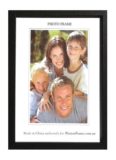

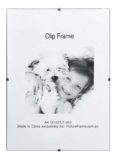
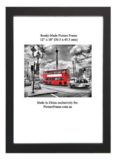
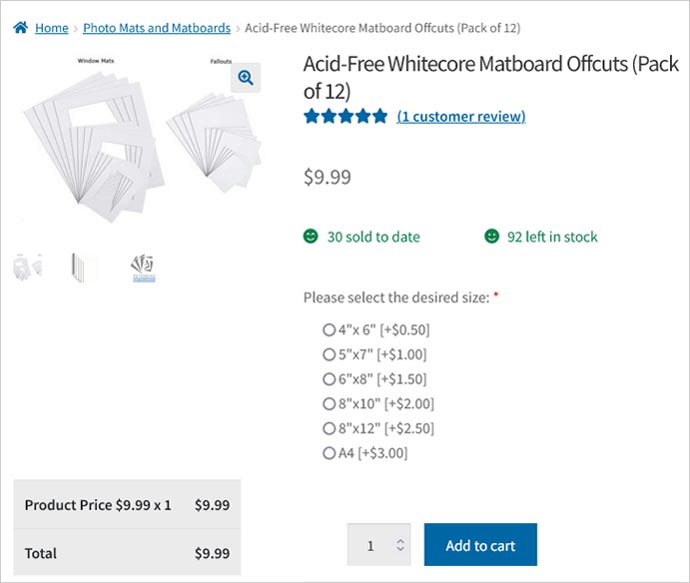
Usually I do not read posts or articles on blogs however I would like to say that this write up very much compelled me to take a look at and do it. Your writing style has been amazed me. Thank you for a very interesting and informative article.
I have been browsing online more than three hours today yet I never found any interesting article like yours It is pretty worth enough for me In my view if all website owners and bloggers made good content as you did the internet will be a lot more useful than ever before